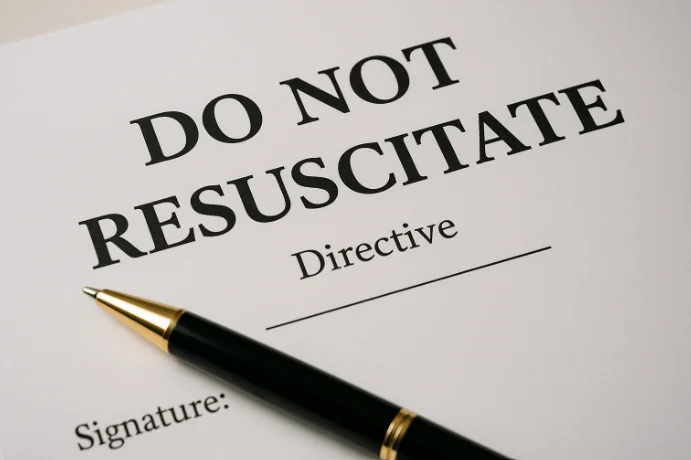When serious illness or end-of-life care becomes part of the conversation, many Australians stumble across the term “DNR order.” But what does it actually mean, and how does it work without sounding like a medical mystery? Let’s break it down with some clarity.
What is a DNR Order (and Why It’s Not as Scary as It Sounds)
A Do Not Resuscitate (DNR) order isn’t about giving up—it’s about control. It’s a medical directive from a patient, their decision-maker, or their doctor telling everyone, “If my heart or breathing stops, no need for CPR heroics, thank you very much.” That doesn’t mean all medical care stops. Instead, the focus shifts to comfort, dignity, and avoiding procedures that might do more harm than good—because let’s face it, quality of life > quantity of unnecessary interventions.
For those with advanced or terminal illnesses, CPR can be like trying to patch a ship that’s already sinking—it might make things worse. Doctors typically recommend DNR orders when the risks and trauma of CPR outweigh potential benefits or when patients have clearly surpassed quality of life.
DNR Orders in Australia: The Fine Print
Australia’s legal approach to DNR orders is a bit like many things—state-specific, but with consistent principles. The main idea? Your autonomy matters. Your right to say “no thanks” to a treatment is respected everywhere.
For example:
- In NSW, DNRs are part of broader advance care directives, backed by common law rights.
- Victoria has the fancy-sounding Medical Treatment Planning and Decisions Act 2016 for legally binding directives (and yes, that includes DNRs).
- Queensland offers Advance Health Directives to put your plans in writing, legally and officially.
Of course, not all directives are without drama. Disputes can happen if documents are vague, or if family members decide to play courtroom TV. But healthcare professionals are trained to balance legal rules with ethical smarts, ensuring decisions are informed and free of undue pressure.
How to Get a DNR Order (Without Feeling Overwhelmed)
The road to a DNR order begins with the kind of conversation that might make you want a stiff drink—but hang in there. It’s worth it. This chat involves the patient, family, and healthcare professionals discussing diagnoses, outcomes, and personal values (along with the ever-important question: “What do you want?”).
When everyone’s on the same page, the doctor will jot down the DNR order in the patient’s medical records. Some states have official forms, while others keep it casual in the notes. If a patient can’t join the chat due to illness or incapacity, a legally appointed substitute decision-maker (like someone with enduring guardianship) steps in to make decisions based on the patient’s wishes.
Pro tip: Clear, written documentation is your best friend. As part of understanding medical ID in Australia, knowing DNR orders matters. It should stand out, be reviewed regularly, and reflect your current preferences, not last year’s whims.
The Bottom Line: DNR ≠ Giving Up
DNR orders aren’t about quitting—they’re about ensuring your final chapter is written your way. With a little planning, some honest conversations, and a touch of compassion, you can make sure your wishes are respected and that your care stays focused on what really matters.
So, whether you’re a patient thinking about your options, a family member offering support, or a healthcare provider bridging the gap, understanding DNR orders is a game-changer. Talk to your healthcare team, document your wishes, and remember: advance care planning is all about peace of mind—for you and the people who love you.










 /home/u448362301/domains/theexpotab.com/public_html/wp-content/themes/foxiz/templates/popup.php on line 167
/home/u448362301/domains/theexpotab.com/public_html/wp-content/themes/foxiz/templates/popup.php on line 167